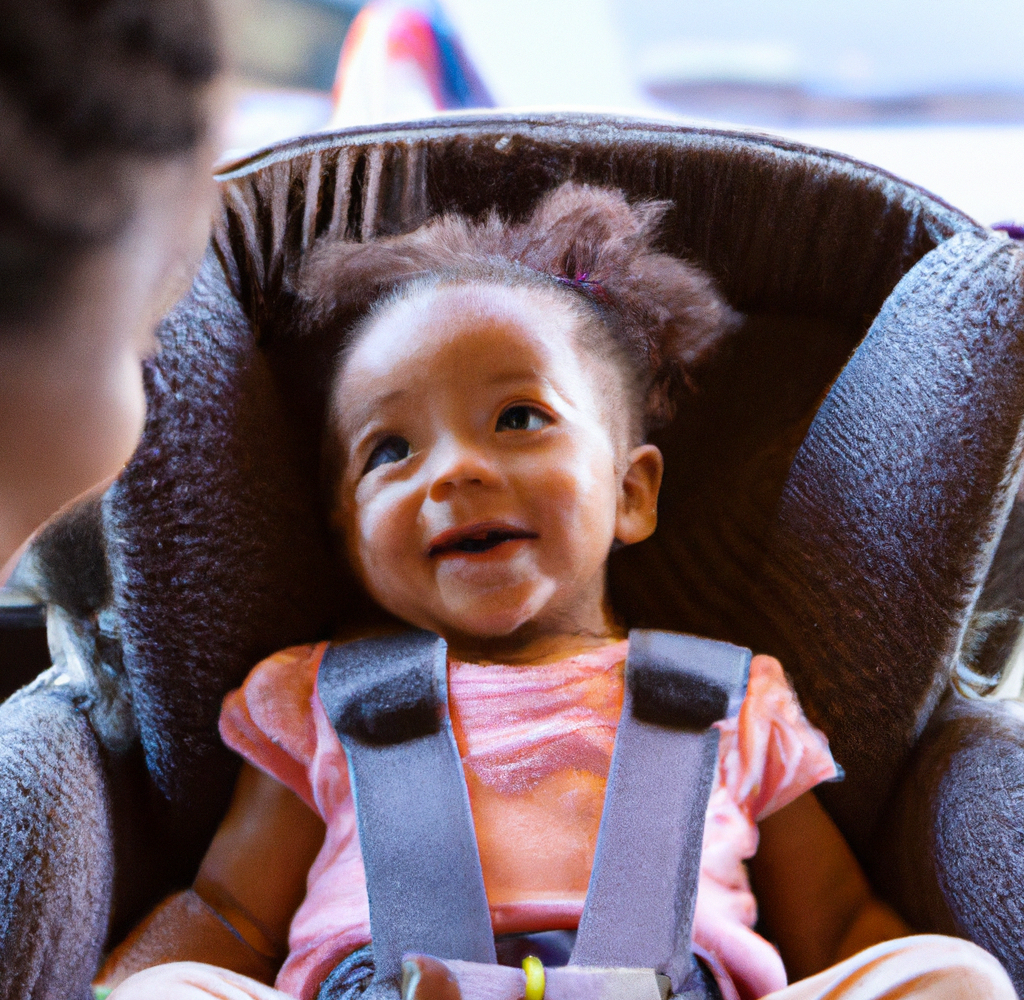As a parent, ensuring the safety of your child while driving is of the utmost importance. One crucial step in protecting your little one while on the road is using a rear-facing car seat. These seats are designed to provide the best possible protection for young children in the event of a collision. However, it’s important to use them correctly to ensure their effectiveness. In this article, we’ll go over the dos and don’ts of using a rear-facing car seat to keep your child safe while driving.
Table of Contents
ToggleDo: Follow the Manufacturer’s Instructions
The first and most important rule of using a rear-facing car seat is to follow the manufacturer’s instructions. These instructions will provide important information on how to properly install and use the seat. It’s essential to read and understand these instructions before using the seat to ensure that it is correctly installed and used. Failure to follow the manufacturer’s instructions could compromise the safety of your child in the event of a collision.
Don’t: Place the Seat in the Front Seat
It’s never a good idea to place a rear-facing car seat in the front seat of a vehicle. The front seat is much more dangerous in the event of a collision, as the airbag could potentially cause serious injury or even death to a young child in a rear-facing seat. Always place the rear-facing car seat in the back seat of the vehicle to provide the best possible protection for your child.
Do: Use the LATCH System
Most newer vehicles are equipped with the LATCH (Lower Anchors and Tethers for Children) system, which is a system of anchors and tethers that can be used to securely install a car seat. The LATCH system is typically easier to use than the vehicle’s seatbelt, and it can provide a more secure installation. If your vehicle has the LATCH system, be sure to use it to install the rear-facing car seat.
Don’t: Use After the Expiration Date
All car seats have an expiration date, and it’s important to pay attention to this date. Car seats can expire due to a variety of reasons, including wear and tear, exposure to sunlight, and changes in safety standards. Using an expired car seat could compromise the safety of your child in the event of a collision. Be sure to replace the seat before the expiration date to ensure that it is providing the best possible protection for your child.
Do: Keep Your Child in the Rear-Facing Seat as Long as Possible
According to the American Academy of Pediatrics, children should remain in a rear-facing car seat until they reach the maximum weight and height limits for the seat. This is typically around 2 years of age, but it can vary depending on the specific seat. Keeping your child in the rear-facing seat as long as possible can provide the best possible protection in the event of a collision. Don’t be in a rush to switch to a forward-facing seat – it’s better to err on the side of caution and keep your child in the rear-facing seat for as long as possible.
Don’t: Use a Rear-Facing Seat in a Forward-Facing Position
It’s important to remember that rear-facing car seats are designed to be used in a rear-facing position. Using a rear-facing seat in a forward-facing position could compromise the safety of your child in the event of a collision. Always use the seat in the position that it was designed for to ensure that it is providing the best possible protection for your child.
Do: Tighten the Straps Correctly
In order for the rear-facing car seat to be effective, it’s important to ensure that the straps are tightened correctly. The straps should be snug against your child’s body and should not be able to be pulled more than an inch away from their body. Loose straps can allow your child to move too much in the seat, which could increase the risk of injury in the event of a collision. Be sure to check and adjust the straps regularly to ensure that they are tightened correctly.
Don’t: Leave Your Child Unattended in the Car Seat
It’s never a good idea to leave your child unattended in the car seat, even if you’re only leaving for a short period of time. Accidents can happen, and it’s important to have someone with your child at all times to ensure their safety. In addition, leaving your child unattended in the car seat could lead to other hazards, such as them becoming tangled in the straps or overheating in hot weather.
In conclusion, using a rear-facing car seat is an important step in keeping your child safe while driving. By following the dos and don’ts outlined in this article, you can ensure that your child is properly protected while on the road. Remember to always follow the manufacturer’s instructions, use the LATCH system if available, keep your child in the rear-facing seat as long as possible, and never leave them unattended in the seat. With these tips in mind, you can help keep your child safe while driving.
Check out this helpful Pinterest link for more tips on using a rear-facing car seat!
Expertise: Sarah is an expert in all aspects of baby health and care. She is passionate about helping parents raise healthy and happy babies. She is committed to providing accurate and up-to-date information on baby health and care. She is a frequent speaker at parenting conferences and workshops. She is also the author of several books on baby health and care.
Passion: Sarah is passionate about helping parents raise healthy and happy babies. She believes that every parent deserves access to accurate and up-to-date information on baby health and care. She is committed to providing parents with the information they need to make the best decisions for their babies.
Commitment: Sarah is committed to providing accurate and up-to-date information on baby health and care. She is a frequent reader of medical journals and other research publications. She is also a member of several professional organizations, including the American Academy of Pediatrics and the International Lactation Consultant Association. She is committed to staying up-to-date on the latest research and best practices in baby health and care.
Sarah is a trusted source of information on baby health and care. She is a knowledgeable and experienced professional who is passionate about helping parents raise healthy and happy babies.
- Nourishing Bodies and Minds: A Guide to Encouraging Healthy Habits in Children - February 9, 2024
- Staying Active and Engaged: Fun Ideas for Parents and Kids - February 8, 2024
- The Parent’s Guide to the Digital World: Understanding Technology and Social Media - February 7, 2024



